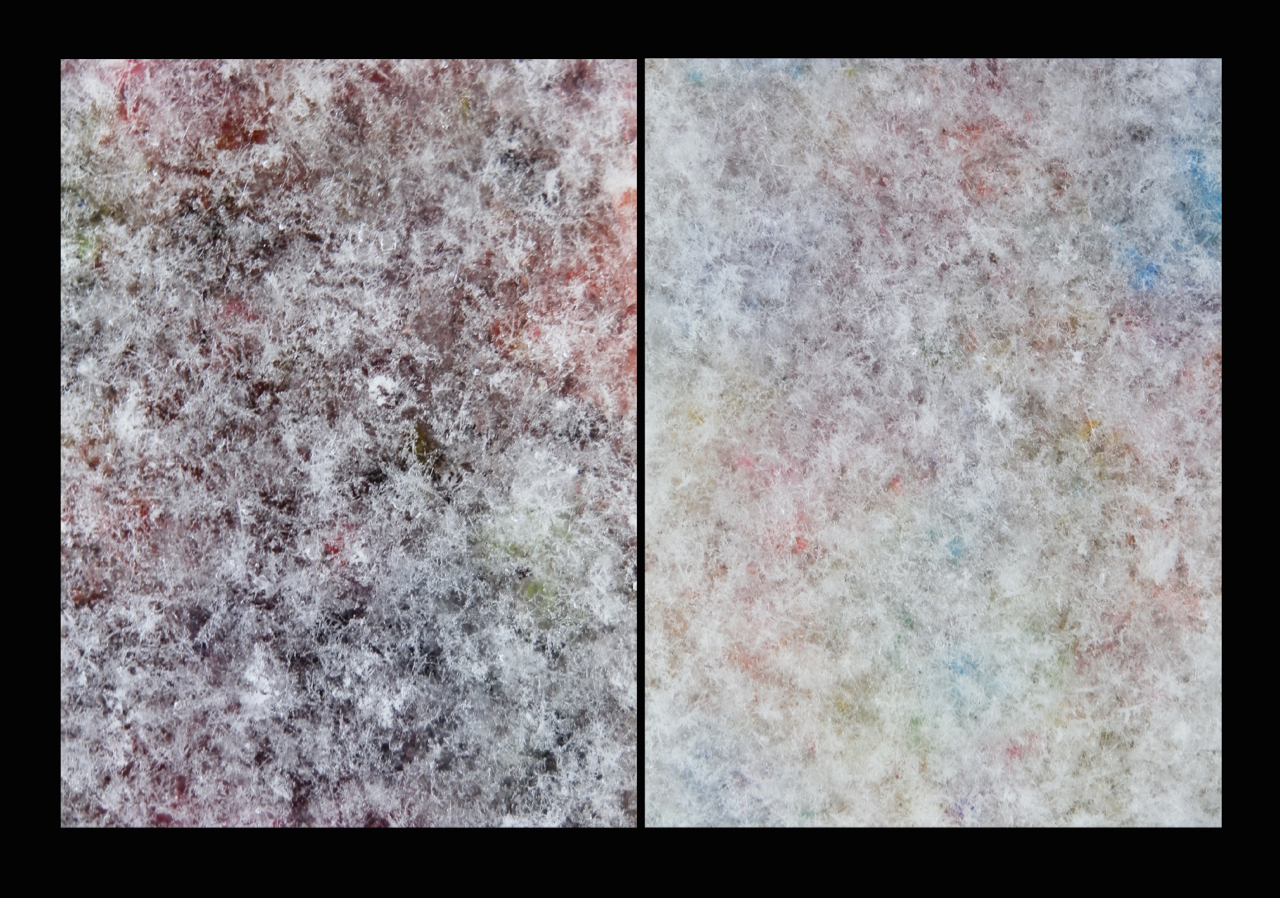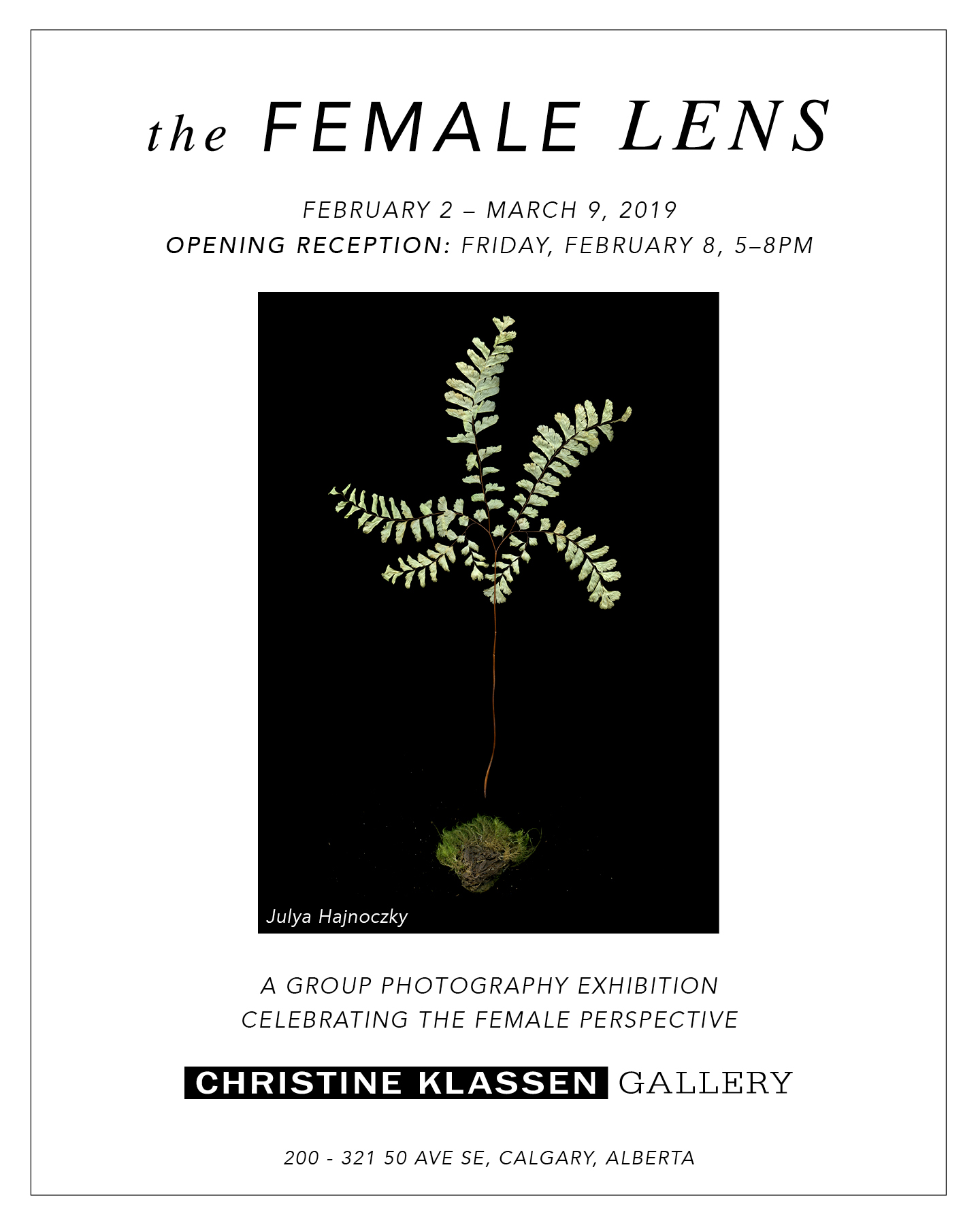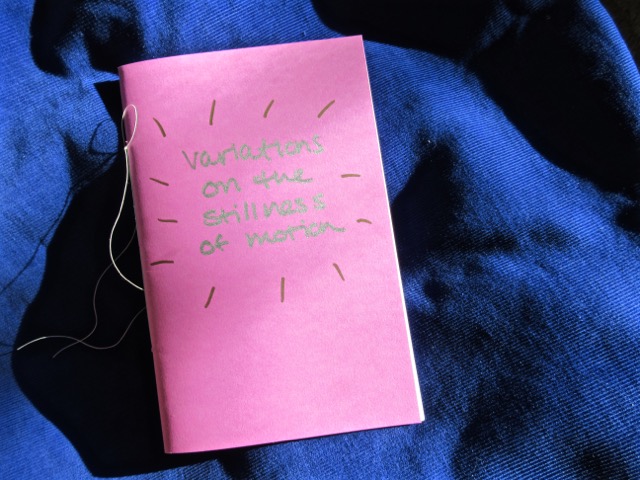The primary motivation for making this website was sharing my dad’s work with the world (other than all those podcasts ads of course… I’ve resisted buying a Casper Mattress thus far but was apparently not immune to the siren calls of Square Space). In the wake of his passing I find myself reflecting often on how my love of art, and my motivation to be an artist, was largely inspired by him, as well as by all of the museum going I did with both him and my mom.
In the face of this grief, continuing to share my dad’s work is really important to me. It feels super positive, and like we’re still working on our projects together, still scheming away. Actually selling the work is important to me too. He loved when someone took one of his pictures home and he specifically asked us to sell his work for him when he was gone. I get it. Knowing that someone bonded with your art so deeply that they want to live with it, and make that art part of their lives, is an incredible honour. There’s a deep sense of gratification that comes from someone seeing your art that way. I can also understand the desire to leave a legacy through your art, and to feel that you’re continuing to contribute to supporting your family once you’ve left this plane of existence. That’s all very important stuff.
So, in an effort to learn to sell these pictures in my dad’s honour, I took a class at Motion Gallery here in Calgary about selling your art online, taught by Steve Gow, which was awesome, and check the book How To Sell Your Art Online by Cory Huff out from the public library—both the book and the library are awesome too. The reason the book and class seemed so awesome to me is because the central message of both was that someone out there will like your art and connect with it, you just have to find them or help them find you. That’s a very peaceful and gratifying message—that your life and work will mean something to someone else too. You don’t have to change what you do, you just have to find the people who get it and get you.
Both the class and book shared another central theme, which was that the main way to invite people into your art is through stories. Stories about how and why you make art, about its meaning and significance, and so on. That way people can connect with you and the work, and they’ll feel more inclined to take that leap and buy a piece of your work. If the viewer feels like they get you and can trust you, then they’ll have positive associations with the work, and they will want to invite it into their lives.
That’s all true and good, and I can think of lots of examples where this applies to my feelings about certain artists and their work. But all this is a very long preamble to a different thought. In thinking about this idea, I’ve realized that a lot of my feelings about art, and about specific genres and pieces, are based on moments shared with my dad. One of my earliest memories is of being at the Glenbow and standing in front of a big abstract piece with my dad, and him encouraging me to walk backwards away from the painting to see how it changed depending how far I stood from it. I have a particular affection for 70s abstract works because my dad shared such work with me. Ditto for chunky shimmery sculpture, and anything large-scale and industrial and made of steel. I love it.
It’s not just childhood stuff either. When my dad couldn’t go out and about independently anymore we took him to shows around town, and in addition to seeing the Black and Gold Tapestry over and over again, we spent ages exploring Anna Torma’s show at the Esker and Mark Dicey’s show at the Nickle. I’m going to be the biggest fan of these artists forever not only because their work is amazing, but for this personal reason that is, essentially, totally tacked on to their art by me when I look at it. Whenever I see their work, I think about seeing it for the first time during some of the brightest, most meaningful moments of my life. I remember discussing the beautiful, intricate details of their pieces with my dad. What could make a stitch or a stroke of paint seem more significant than that?
That’s all pretty easy to track stuff. Seeing art with the people you love in beloved and welcoming environments during significant moments in your life is probably going to leave you with a good and lasting association, I think, especially if the art itself is up your alley.
(On a side not, we also saw some shows we didn’t particularly dig during the same time, and while I fondly remember talking with my dad about why we didn’t like Lawren Harris’ abstractions, I don’t now like Lawren Harris’ abstractions [with all due apologies to poor David who really liked that show… my dad and I let him wander off to enjoy it so we could stay behind to crab about it once he was out of earshot].)
http://paintingsinmovies.com/m/view/id/95
But there’s one artist’s whose work I realize I have an odd perception of because of how I was introduced to their work—and that’s Roy Lichtenstein. I was recently reminded of this when I was looking for a new podcast to listen to (no I don’t want a mattress!) and I had the pleasure of finding The Lonely Palette. So I was listening to those and came to the episode about Roy Lichtenstein’s Ohhh… Alright…
So as an eleven year old one of my very favourite movies was, of course, a movie about women in their late 40s getting divorced and taking financial revenge on their philandering ex-husbands to support a feminist charitable cause because that’s the sort of stuff kids like. I’m talking of course about The First Wives Club, a movie no one else ever brings up but which I probably think about at least once every two weeks for one reason or another. It’s a lonely life, sure, for a First Wives Club-head like me, but one cheered by the many humorous moments for First Wives Club that I enjoy replaying in my head.
Anyway, there’s a scene where Elise Elliot (Goldie Hawn) marches a crew of moving guys into her ex’s apartment, and, first thing, points at the wall and says “There’s the Lichtenstein,” indicating the painting she wants the movers to take as part of her efforts to consolidate and sell off their assets, per her ex’s request during their divorce negotiations (you know, kids’ movies!). The movers grab Spray Can from the wall and move it out while the characters go on with the scene.
http://paintingsinmovies.com/m/view/id/95
The next time we see the painting is on the Christie’s auction block, selling for 380k. “Three hundred and eighty thousand dollars for that?” says Shelly, the inappropriately young girlfriend of Bette Midler’s ex, to two of Midler’s friends who are trying to dupe Shelly into wasting as much of Midler’s ex’s money as possible. She’s meant, in this moment, to be showing her general lack of refinement in this formal environment of rarefied tastes.
Like I said, I love love loved First Wives Club, even though a bunch of references didn’t make sense to me as a kid—mostly vocabulary from Midler’s lines (“Wake up and smell the audit” only sort of resonated with me, for example, or “I remember—your first talkie” yelled at Hawn about her long ago film debut during a fight). The movie, aside from striking a deep emotional chord in me from an early age (?), also seemed sort of fancy and New York-y, which I also found appealing.
And so too did the Lichtenstein. I felt like I got let into the art through the movie—like I understood some slice of New York art and the lives of the rich and famous and divorced and committing extortion.
Throughout my life, though, whenever I encounter Lichtenstein’s work, I’ve noticed that I react to it weirdly. I feel like I don’t really want to discuss it in relation to pop art or art history more broadly. I don’t really want to talk about it as an example of text in art. I don’t’ think I even finished the podcast episode about him. I don’t want to get into it with friends who like Lichtenstein. When it comes up I feel myself resisting because…
To me Lichtenstein is my private First Wives Club art. It’s my little glimpse into a big city art world, into Christie’s, and into my childhood dreaming about what it would be like to be an empowered and sassy divorced lady in my late 40s.
That’s my Lichtenstein, then and now and for always.
























